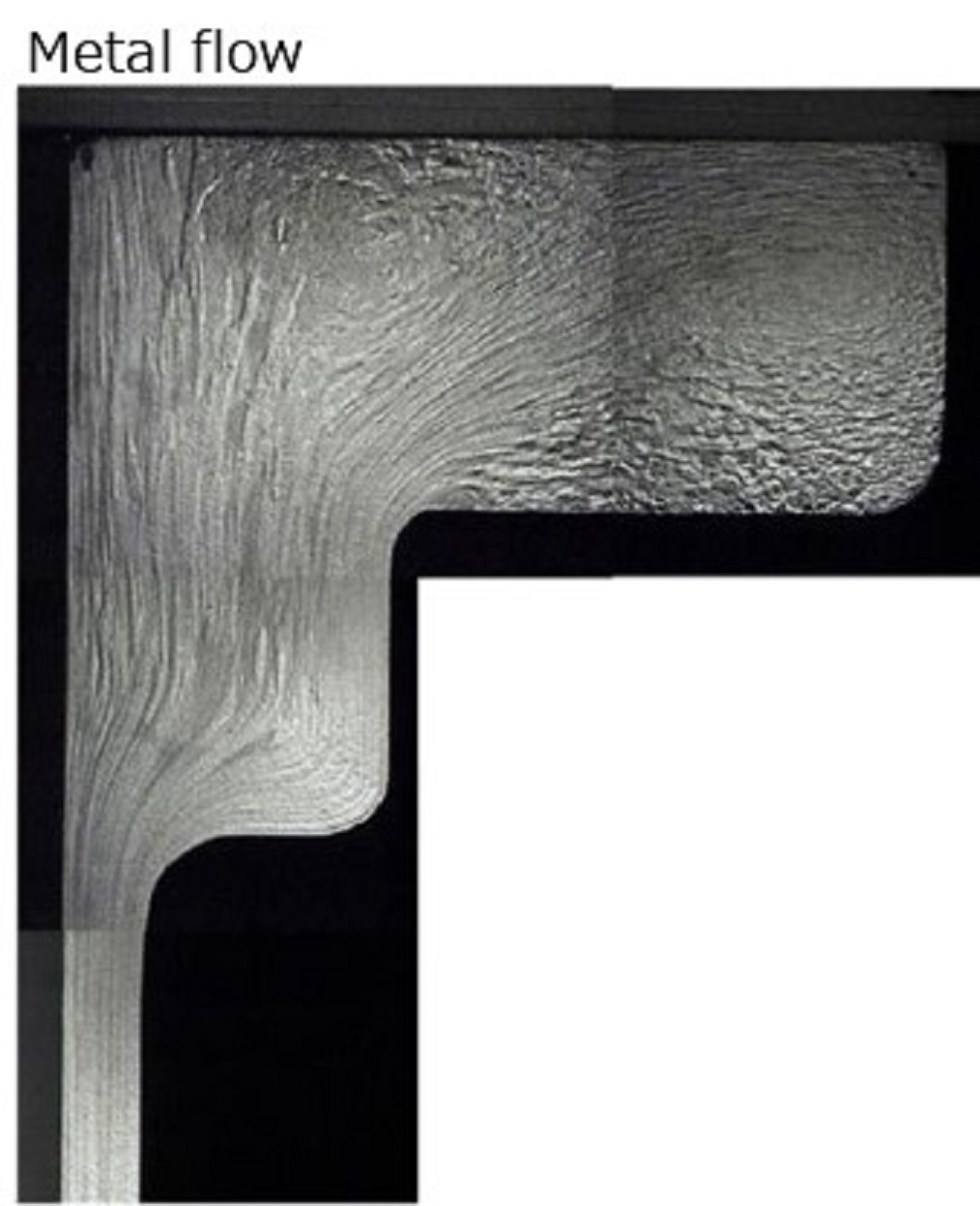Forging is highly efficient in production, it is possible to obtain strength and toughness in
products.
It can also contribute to shorten machining time by reducing material thickness which leads
to material saving.
One of the processing methods using plastic deformation
When a certain amount of force is applied to an object, the object deforms. Deformation
remains even if the applied force is removed.
Such deformation is called permanent deformation, deformation that leaves permanent change
is called "plastic deformation", and the processing method that utilizes this plastic
deformation is called "plastic working".





